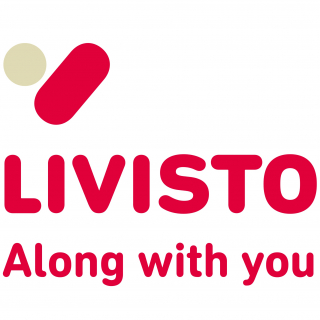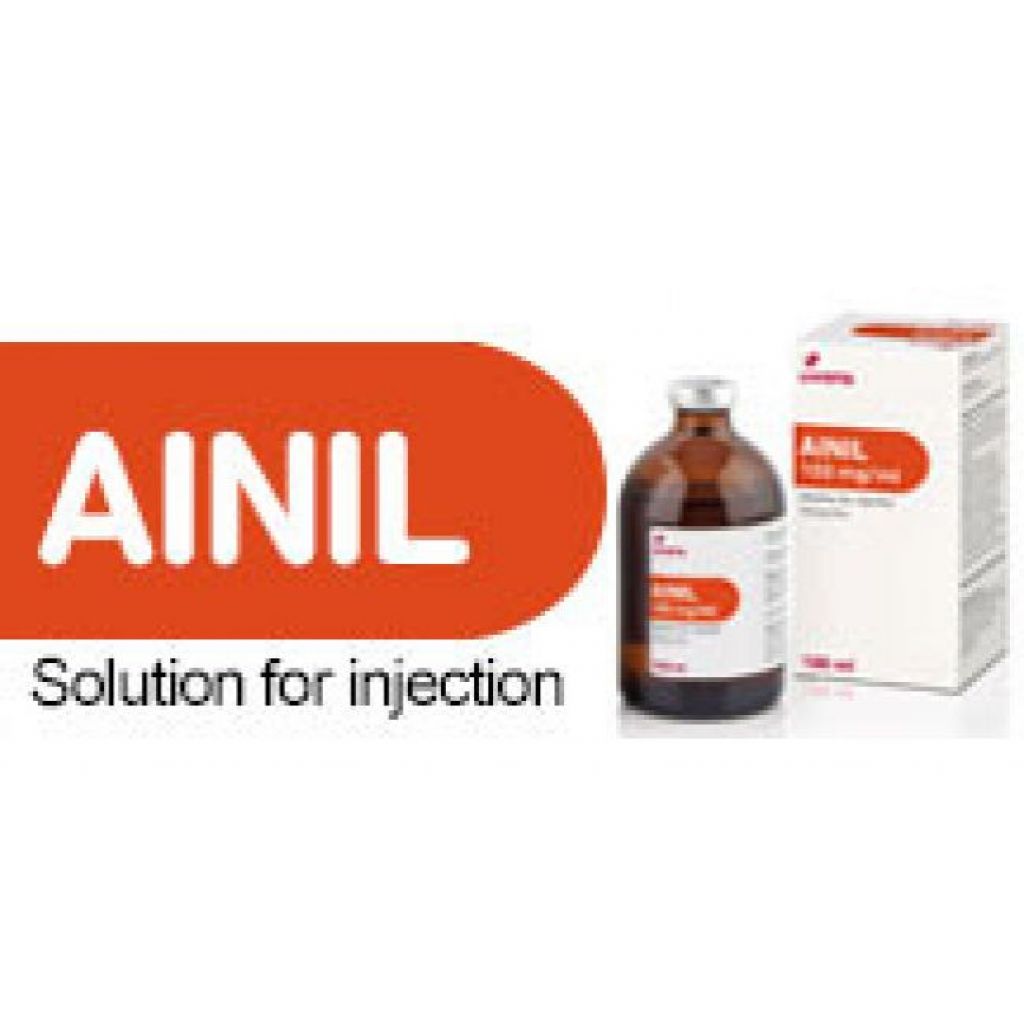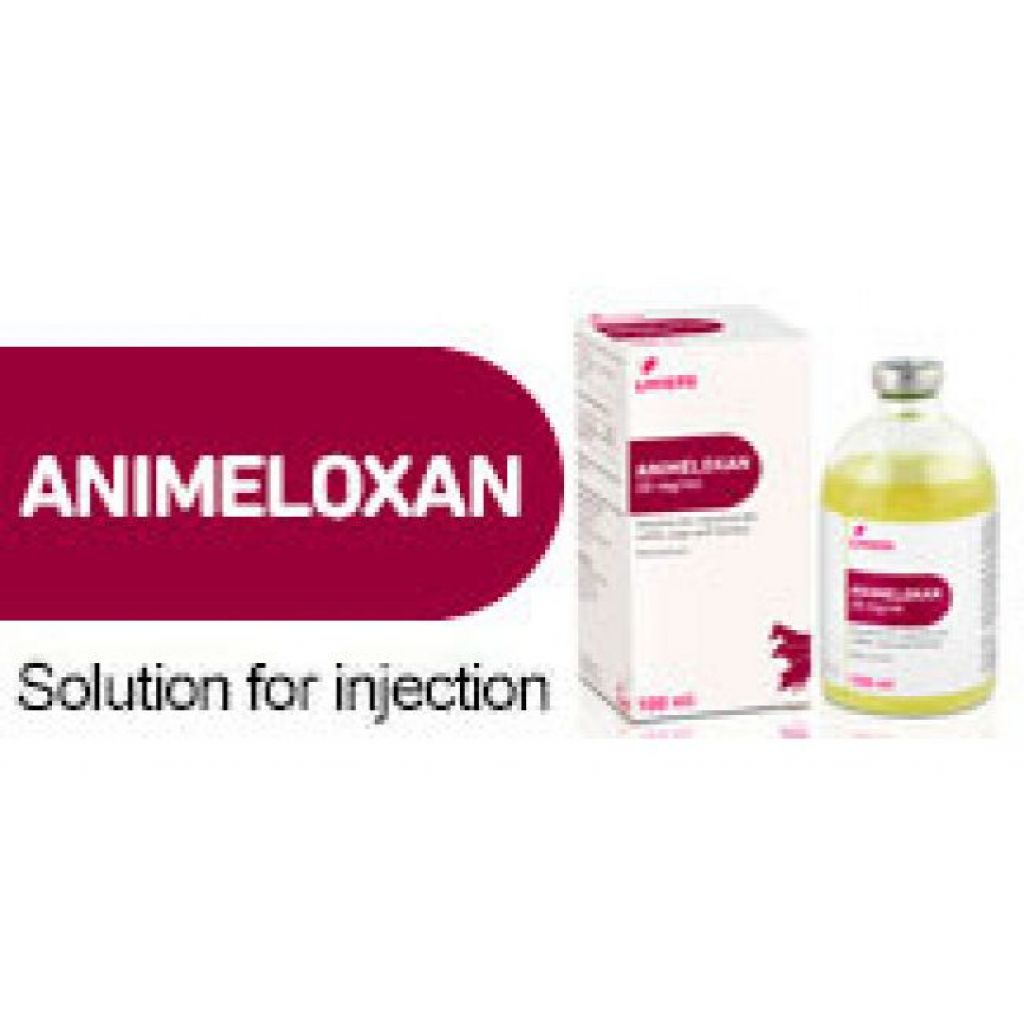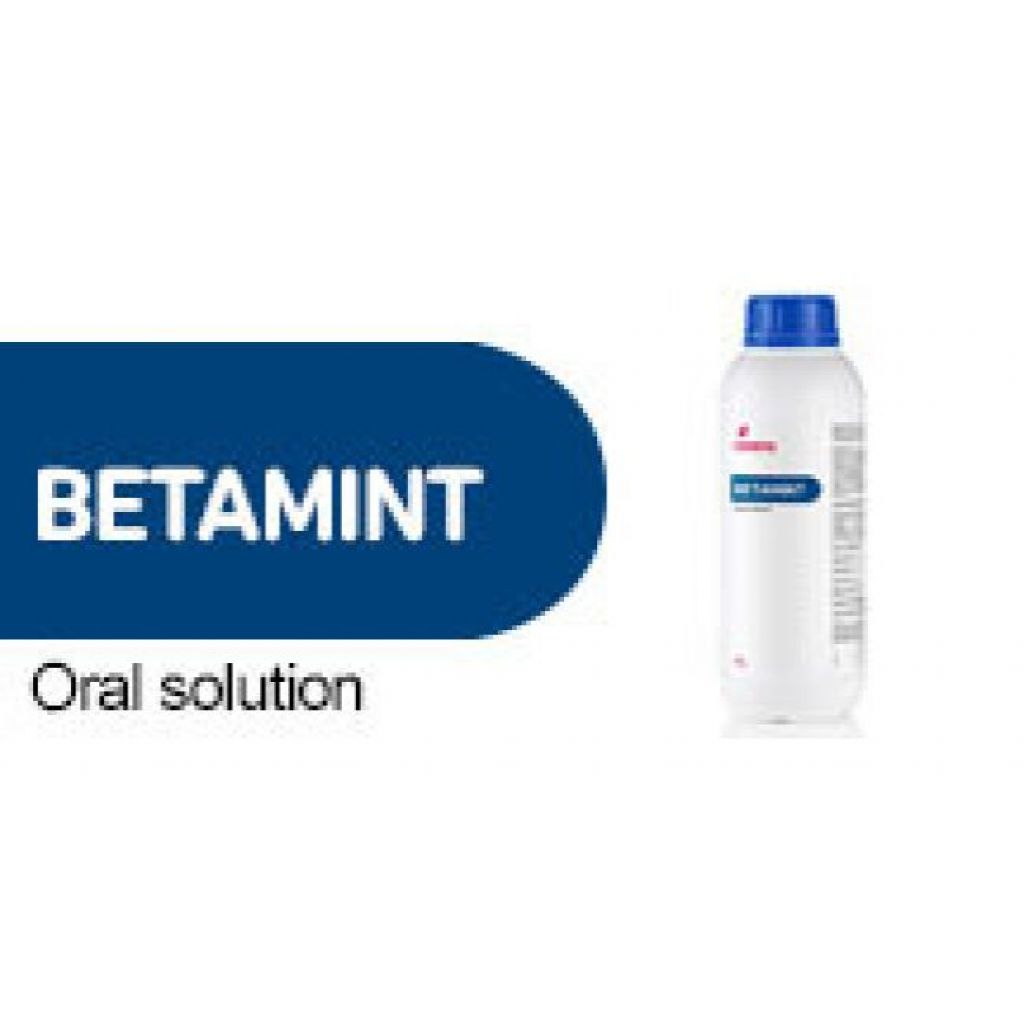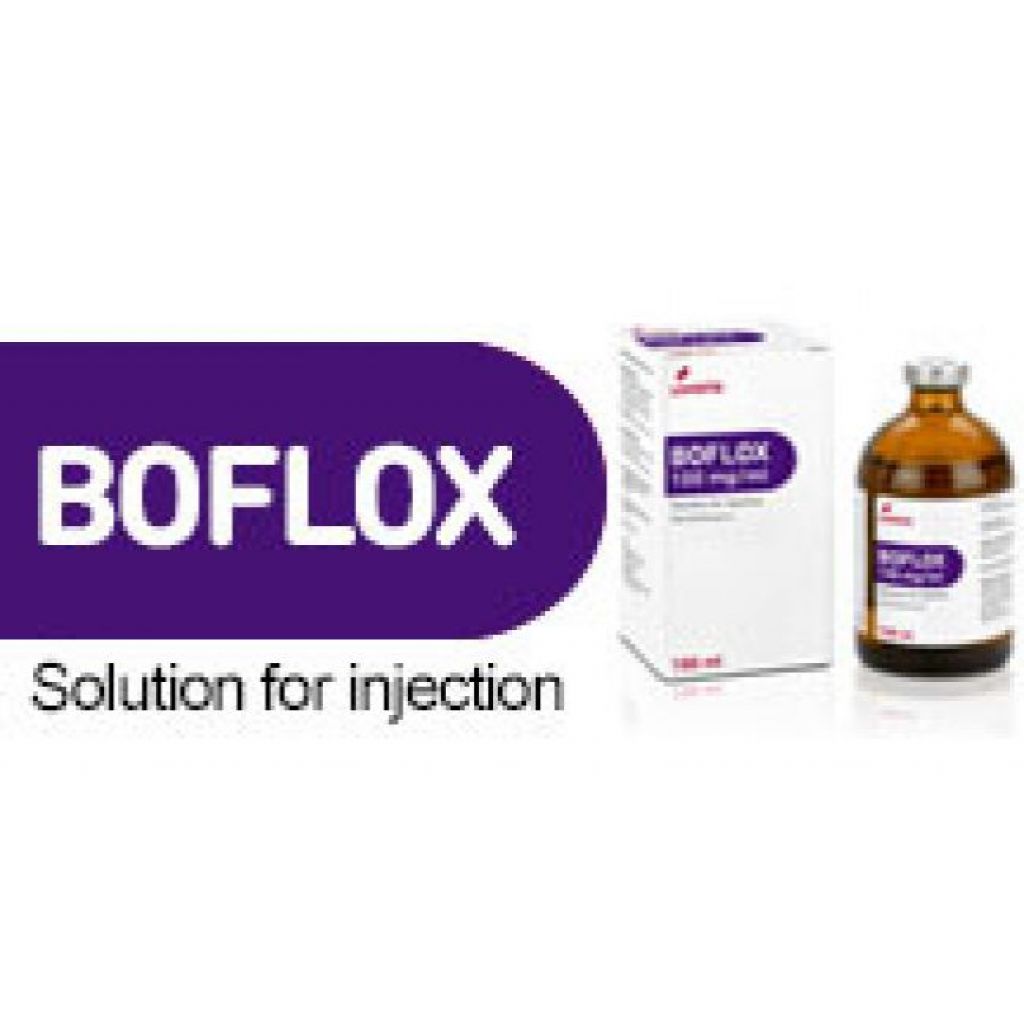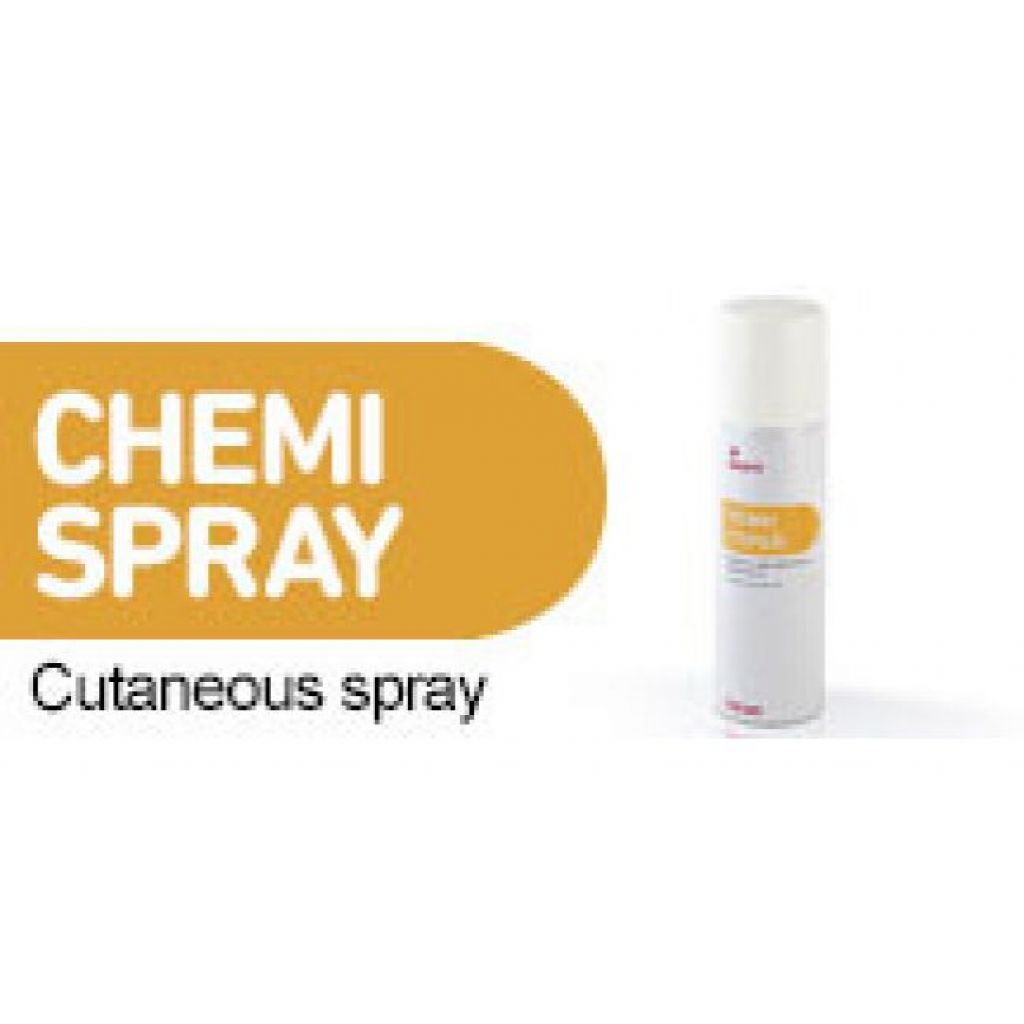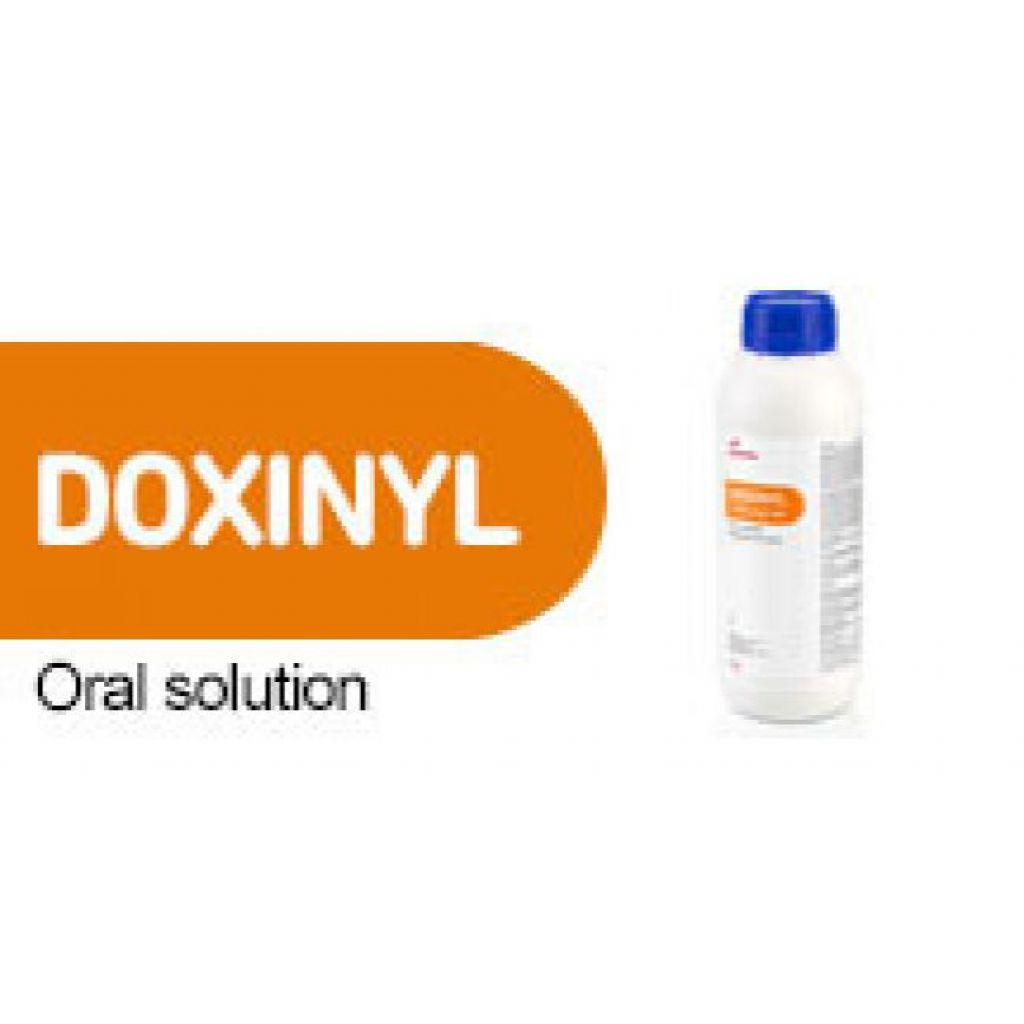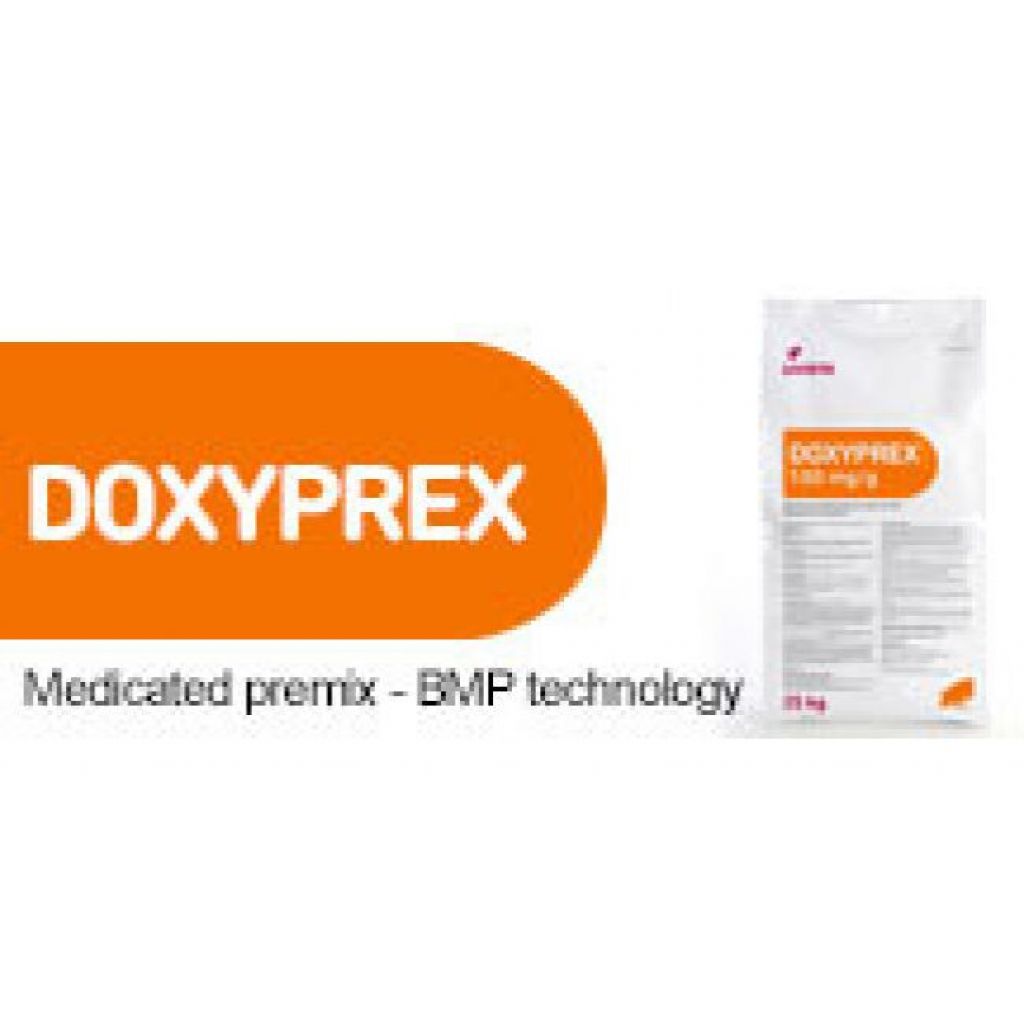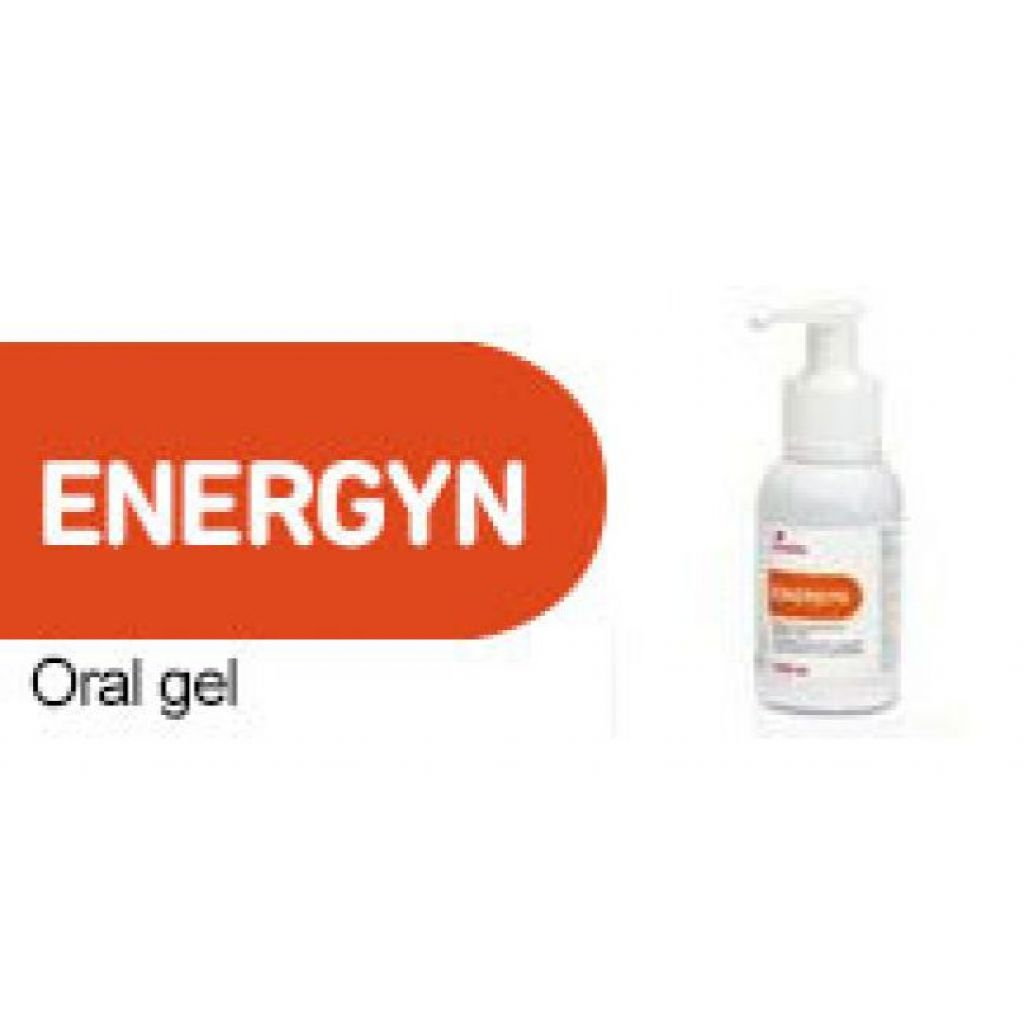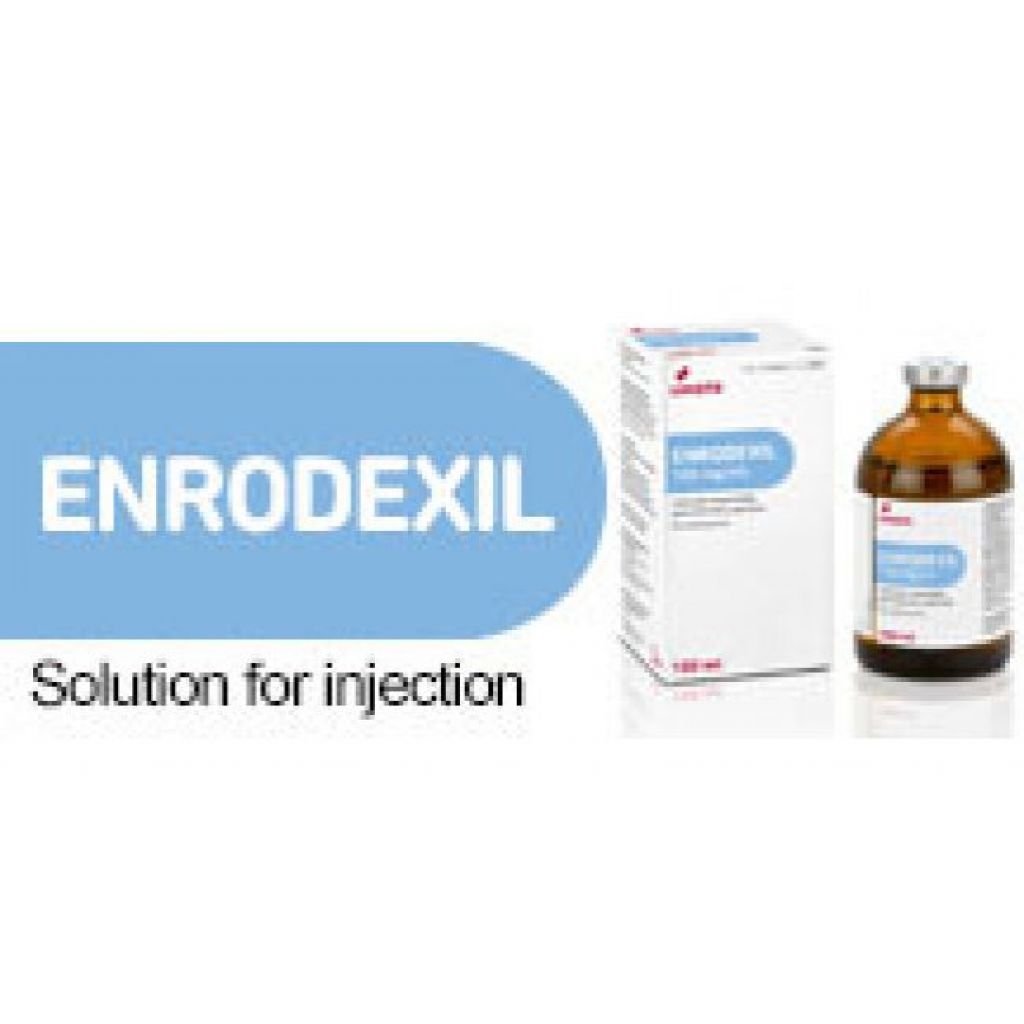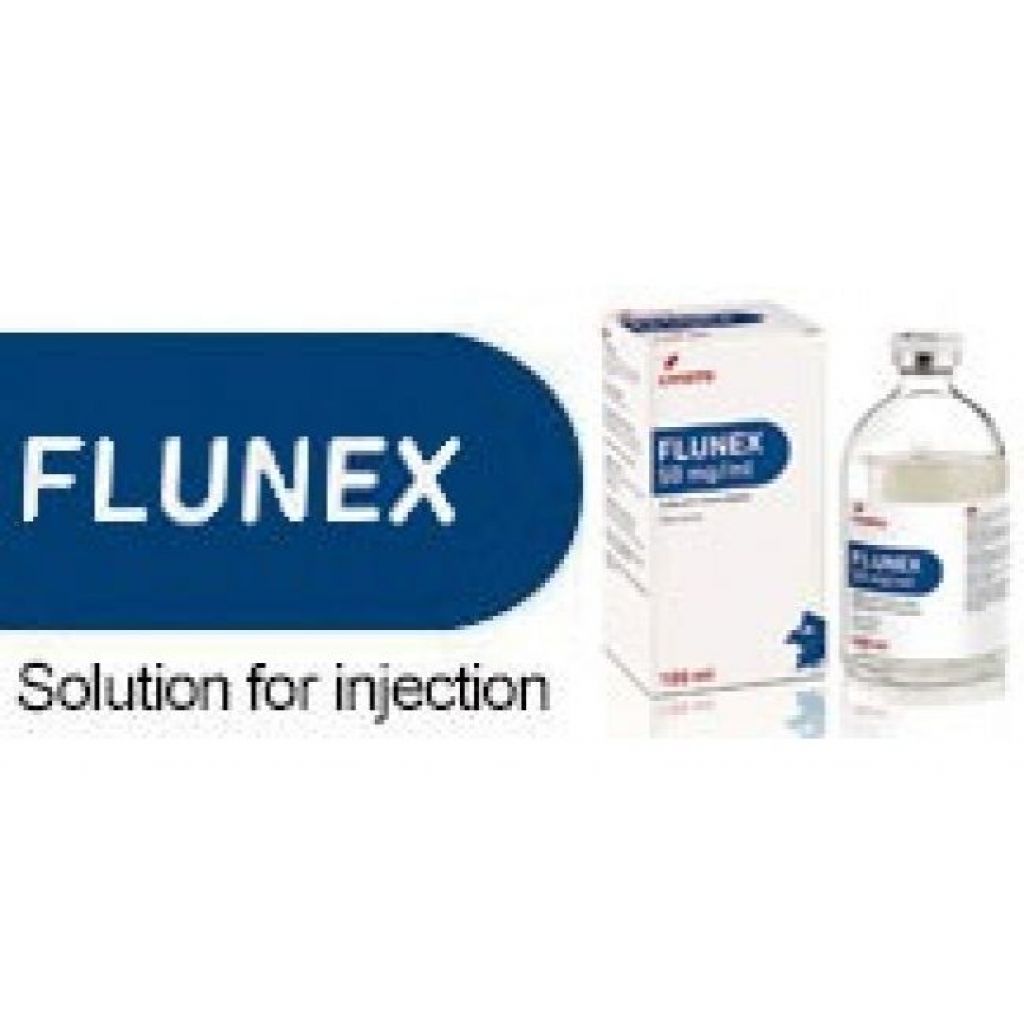Avoiding negative energy balance in sows
Selection for hyperprolific sows has increased the litter size due to improved prolificacy and productivity of gilts and sows and this has meant nutritional changes, such as increased metabolic demands, and it also implies a higher probability of sows entering negative energy balance (NEB) during lactation.
The negative effects of the negative energy balance on reproductive outcome
Costermans et al. (2022) confirmed that lactational weight loss is due to mobilization of:
- Adipose tissue: is designed to store energy as triglycerides in lipid droplets in periods of energy excess. Energy is released from adipose tissue as free fatty acids in time of energy need.
- Skeletal muscle: is the largest tissue in the body and, during a NEB, its loss can be sustained to some degree. Muscle proteins can break down to amino acids that can be used for energy or milk protein.
NEB can negatively affect reproductive outcome when weight loss exceeds 10–12% of initial body weight and is especially evident in primiparous sows, that are still growing and have a low feed intake capacity, leading to reduced second parity reproductive performance (Costermans et al, 2022).
The exact origin of reduced reproductive outcome after NEB remains for a part unknown (2) but high lactational weight loss can lead to:
- Longer weaning‐to‐estrus intervals.
- A reduction in farrowing rate and litter size.
- Negative influences on embryonic development and litter uniformity.
- Variation in piglet birth weights.
Costermans et al. (2022) concluded that the mobilization of lean mass affects follicular development more than mobilization of fat mass upon feed restriction during lactation, although a reduced fat mobilization positively influenced follicle size in full-fed sows.
Feeding sows properly
Modern sows are characterized by their high prolificacy as illustrated, for example as highlighted by Theil et al. (2022), by the increase in the number of total born piglets in Danish sows from 12.9 in 2000 to 19.6 piglets per litter in 2020.
Feeding the reproductive females deviates substantially from feeding growing pigs because traits such as sufficient body fat and colostrum production, and optimal farrowing and lactation performance are substantially more important for female reproductive sows (3).
During lactation, sows mobilize many body reserves to produce milk so to prevent them from entering a NEB and, consequently, losing body condition, it is necessary to:
- Ensure that the animal eats the amount of feed that it should ingest by:
- Feeding the sow 3 times if it is done more manually.
- Using automatic systems that allow the sows to ingest more quantity (they can eat when they want and in times of heat/summer they usually prefer at night).
- Control primiparous sows above all, as they are the most likely to enter a NEB because:
- It is their first farrowing and lactation: they eat less.
- They are still growing.
- They are usually given more piglets to stimulate the mammary gland well from the first farrowing and thus lengthen their productive life.
- Add complementary feed to the regular diet to cover the extra nutritional needs in challenging moments.
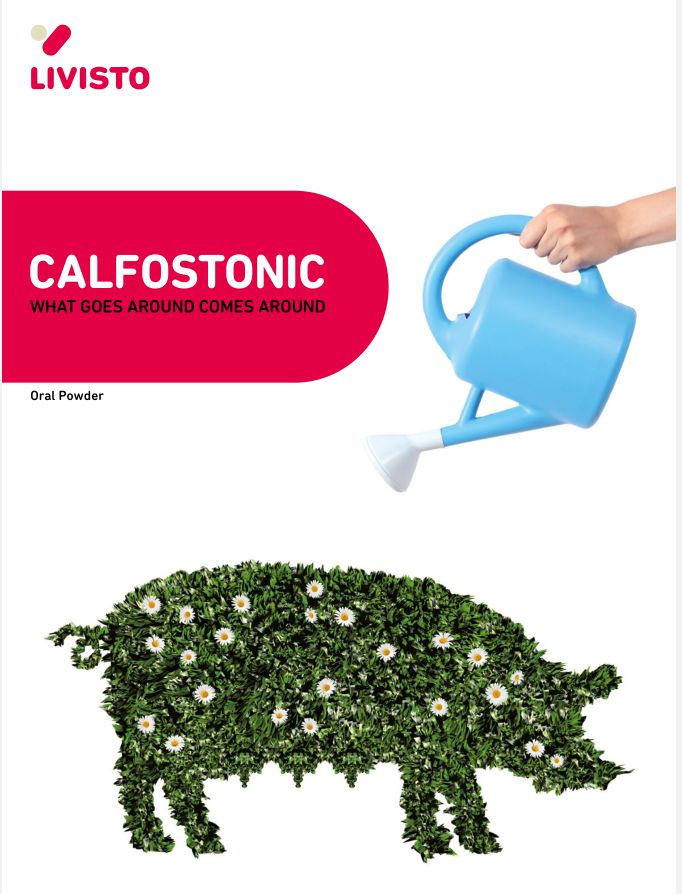
One of these complementary supplements to the regular diet is CALFOSTONIC, an oral powder composed of water- and fat-soluble vitamins, mineral salts, trace elements, amino acids, and appetite stimulants. It stimulates feed intake and digestion (the ingredients include gentian root), and provides key micronutrients such as vitamins, amino acids, and minerals in order to help cover the extra nutritional needs in key moments such as gestation, lactation or early development.
In sows (60 g/animal daily for 15-20 days), it is very important to provide an extra help:
- During gestation: 4-5 days after mating to day 28-30 to improve sow’s body condition.
- Before farrowing (day 95): to boost feed intake and increase piglet’s weight.
- From 3-4 days pre-farrowing to day 15 of lactation, in order to improve body condition and increase milk production to have bigger piglets at weaning.
- From weaning to heat to improve reproductive parameters (increase ovulation). In this phase, the sow changes its state (from lactating to weaned) and often also its diet. In addition, it is added the days prior to mating, a critical stage for the sow.
It could also be used in piglets (5-10 g/animal daily for 15-20 days) to boost their growth in early stages, that are a very challenging period. If they do not get enough nutrients, that will negatively affect their fattening performance and carcass traits, because weight at weaning has an impact on lifetime growth performance.
Conclusions
High lactational weight loss can lead to a NEB which, in turn, carries a reduction in farrowing rate and litter size. The best way to prevent sows from entering a NEB is through nutrition, with good feed management and using complementary supplements.
References
- Costermans NGJ, Teerds KJ, Kemp B, et al. Physiological and metabolic aspects of follicular developmental competence as affected by lactational body condition loss. Molecular Reproduction and Development, 1-12, 2022. doi: 10.1002/mrd.23628.
- Costermans NGJ, Teerds KJ, Middelkoop A, et al. Consequences of negative energy balance on follicular development and oocyte quality in primiparous sows. Biology of Reproduction, 2020, 102(2), 388–398. doi: 10.1093/biolre/ioz175.
- Theil PK, Krogh U, Bruun TS, et al. Feeding the modern sow to sustain high productivity. Molecular Reproduction and Development, 1-16, 2022. doi: 10.1002/mrd.23571.

